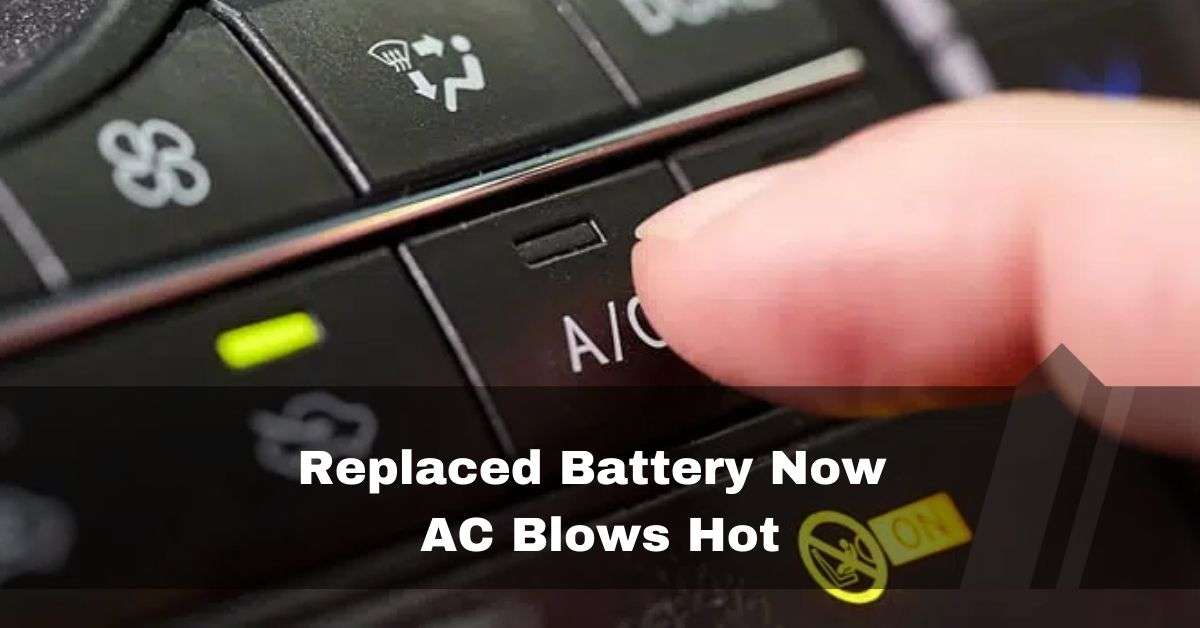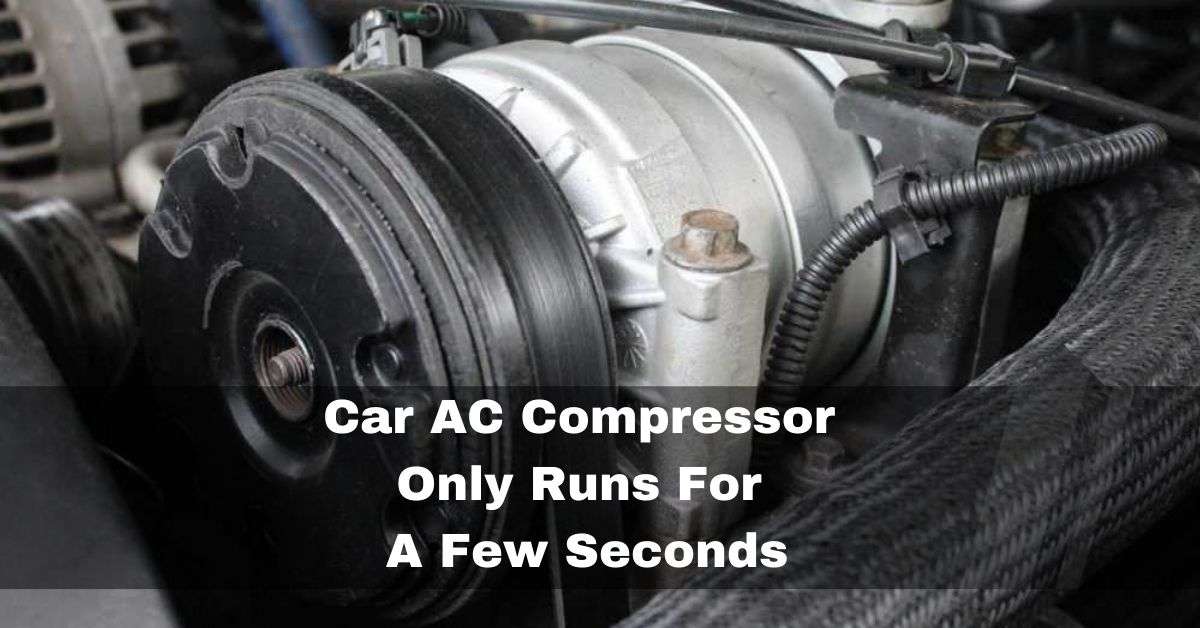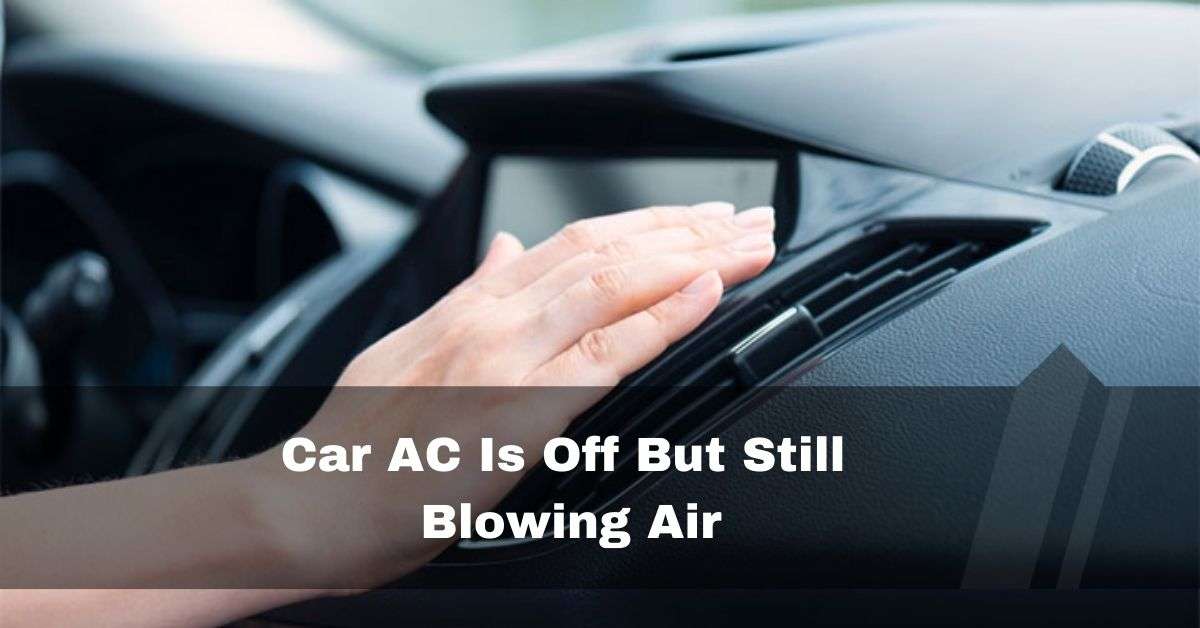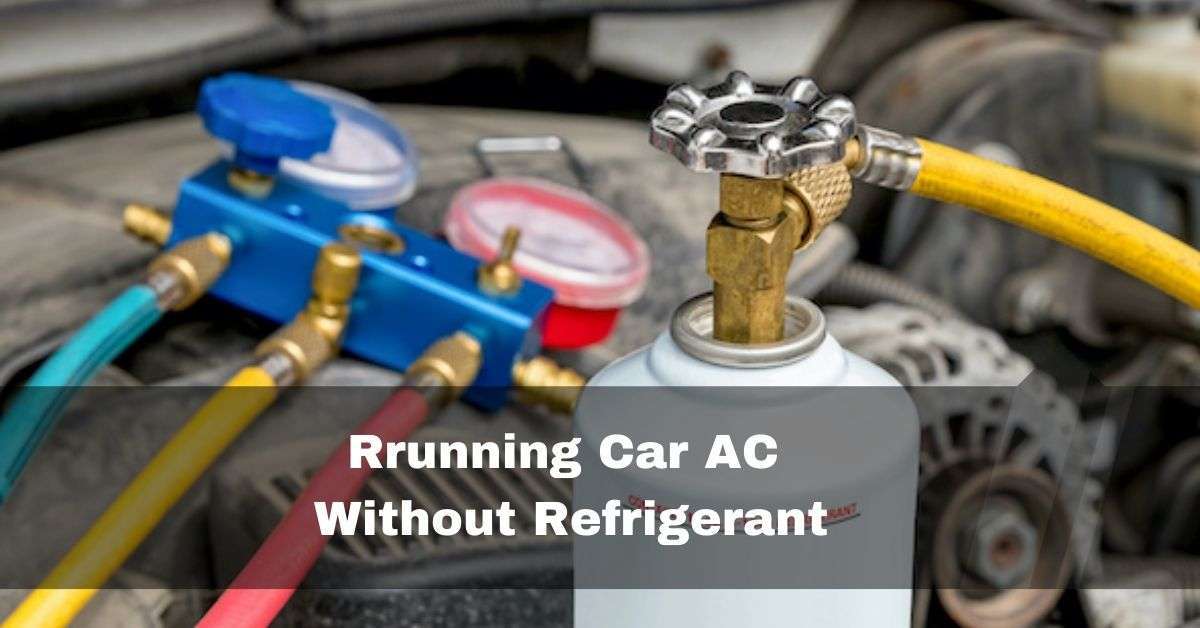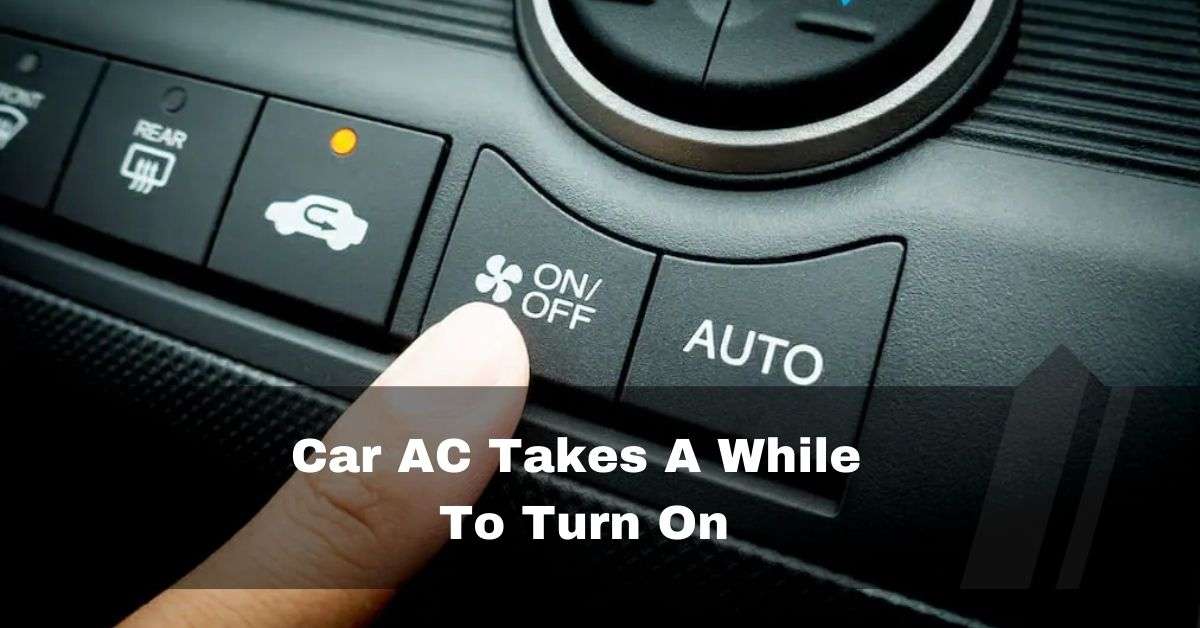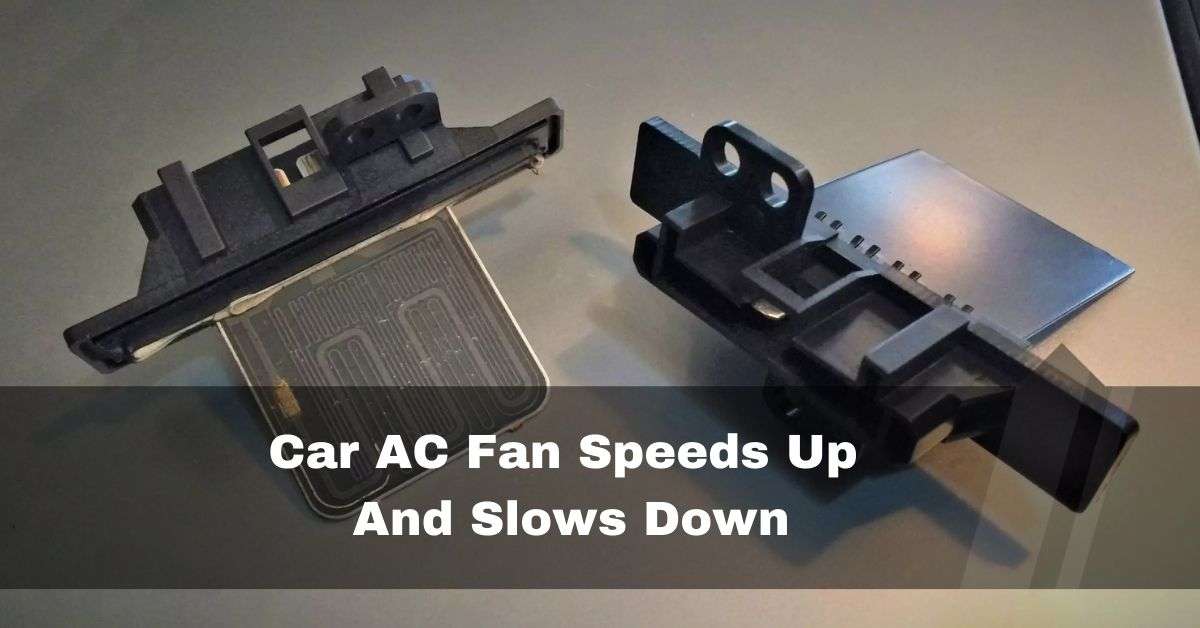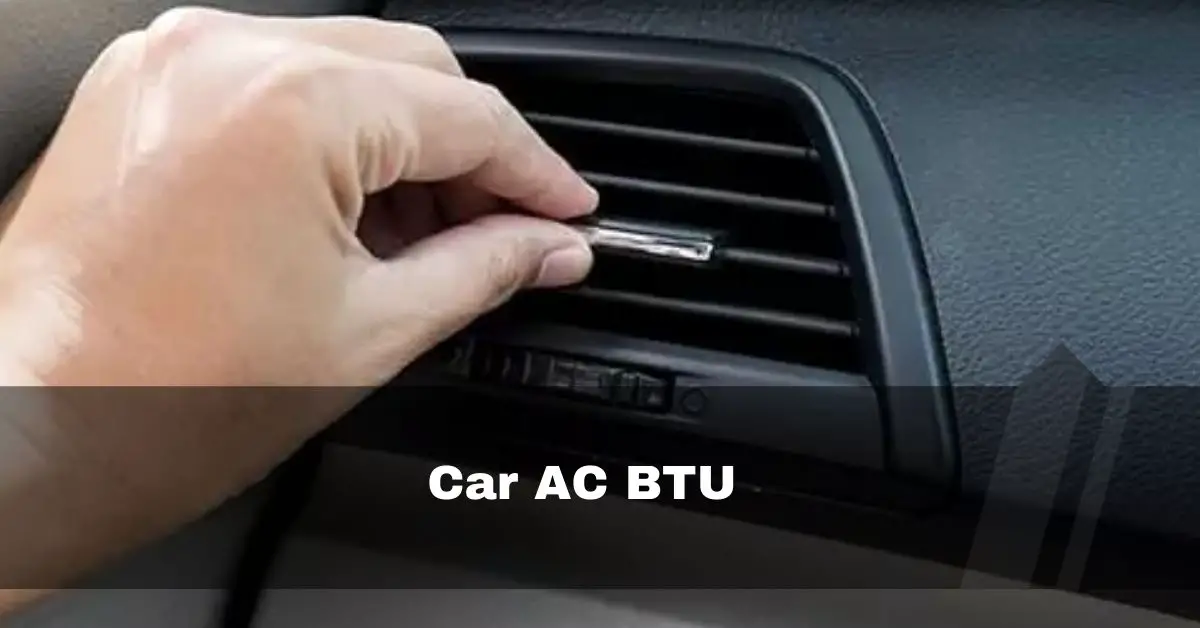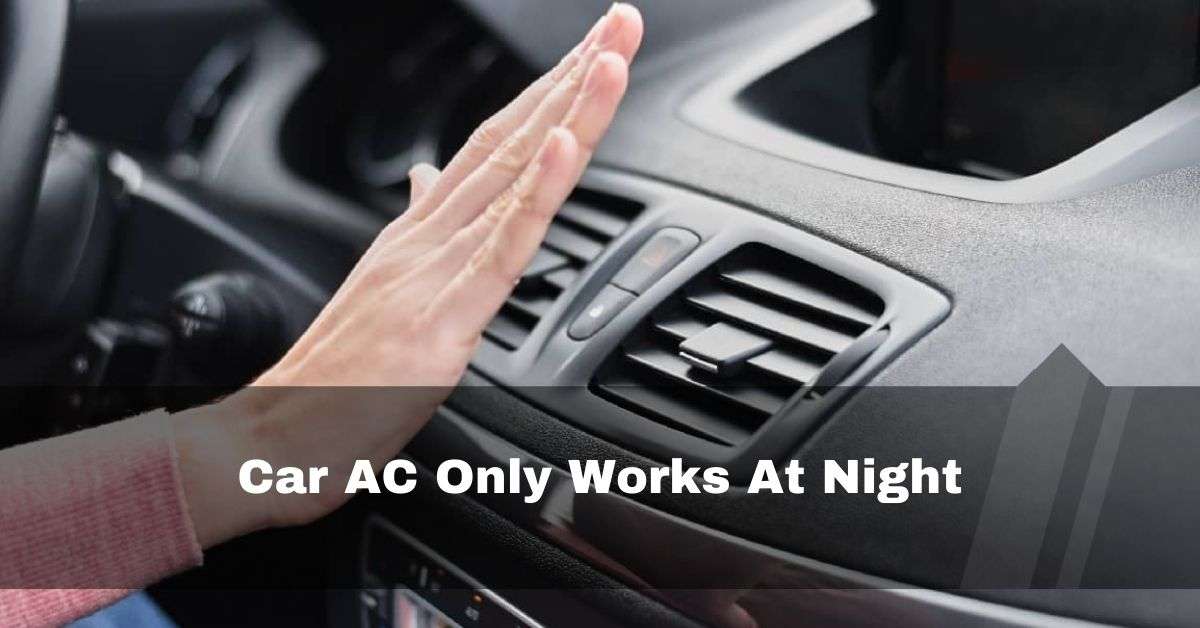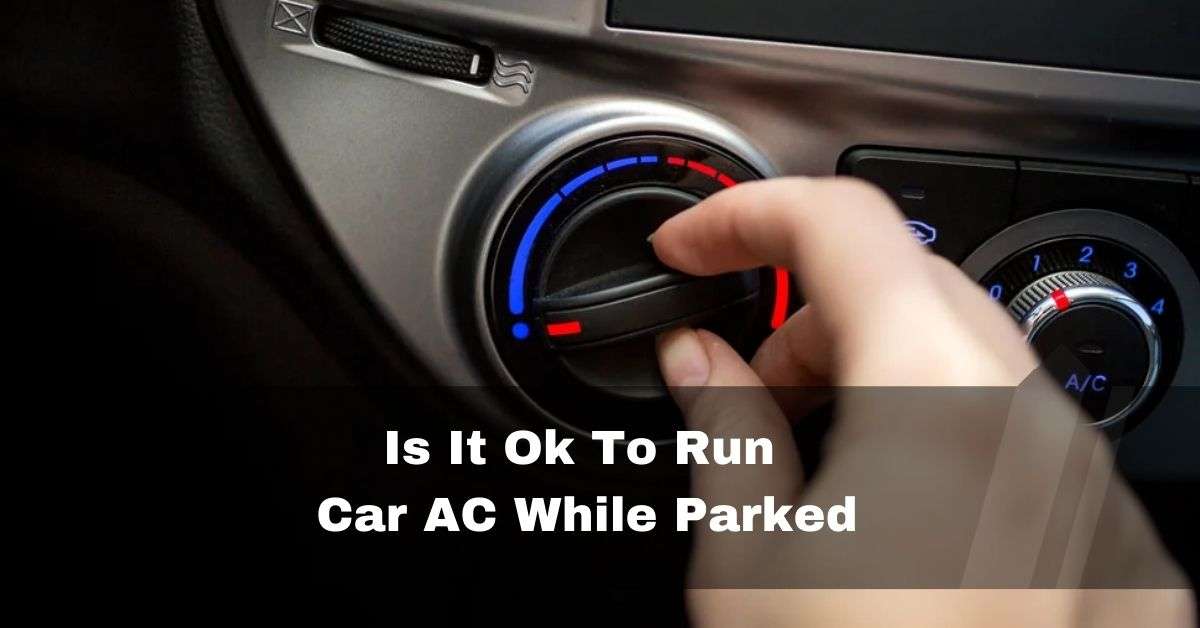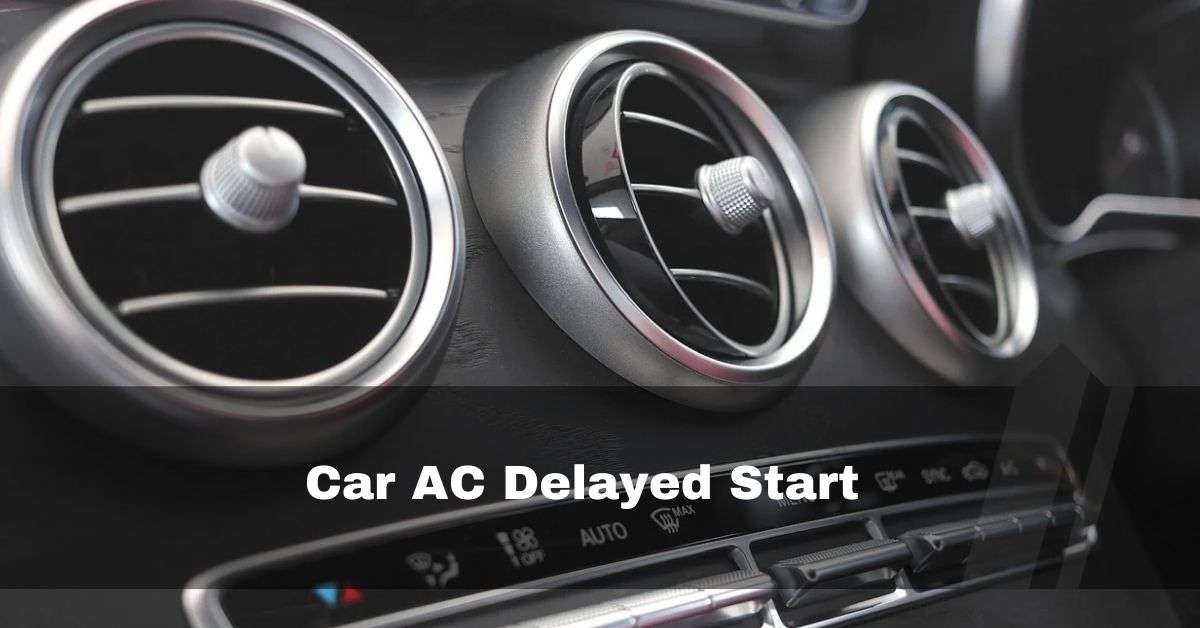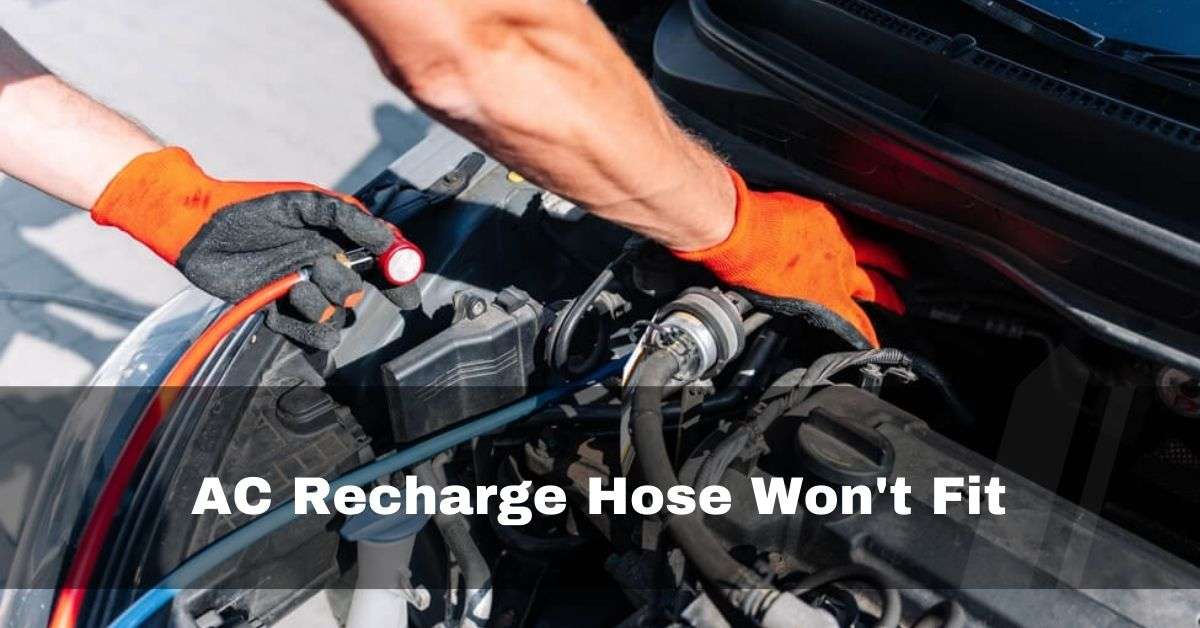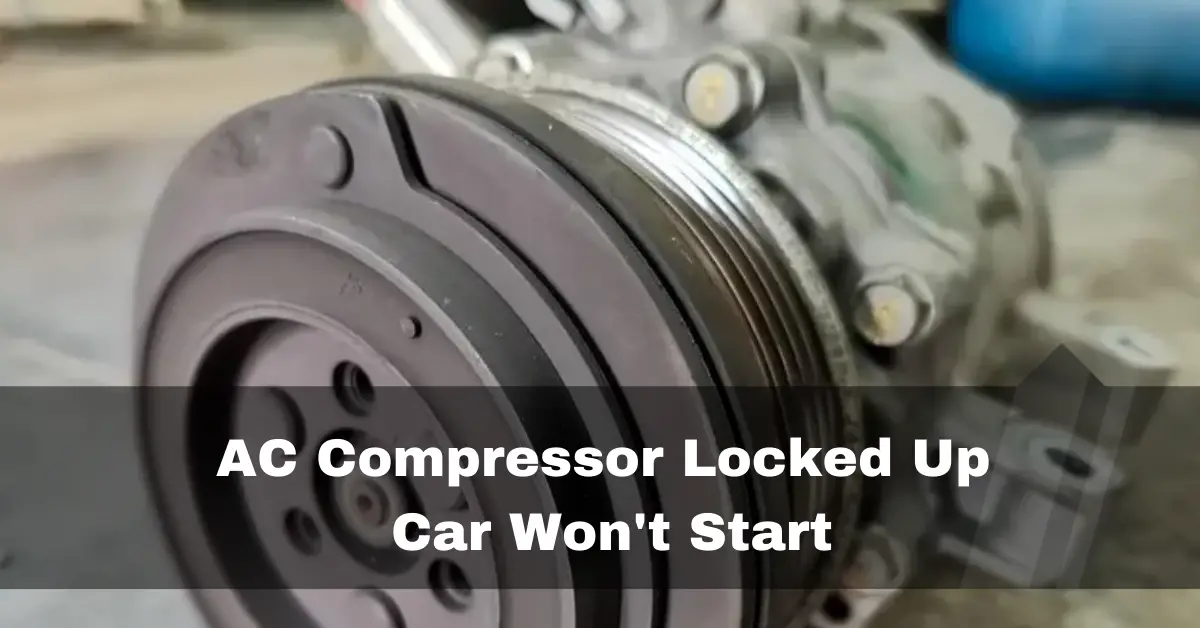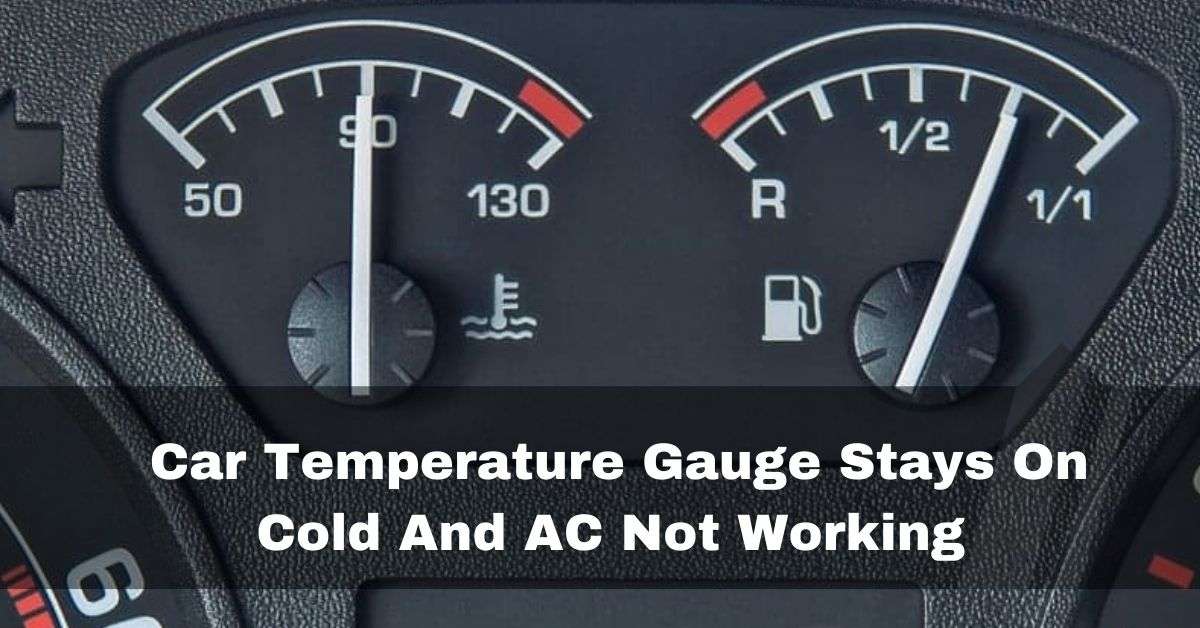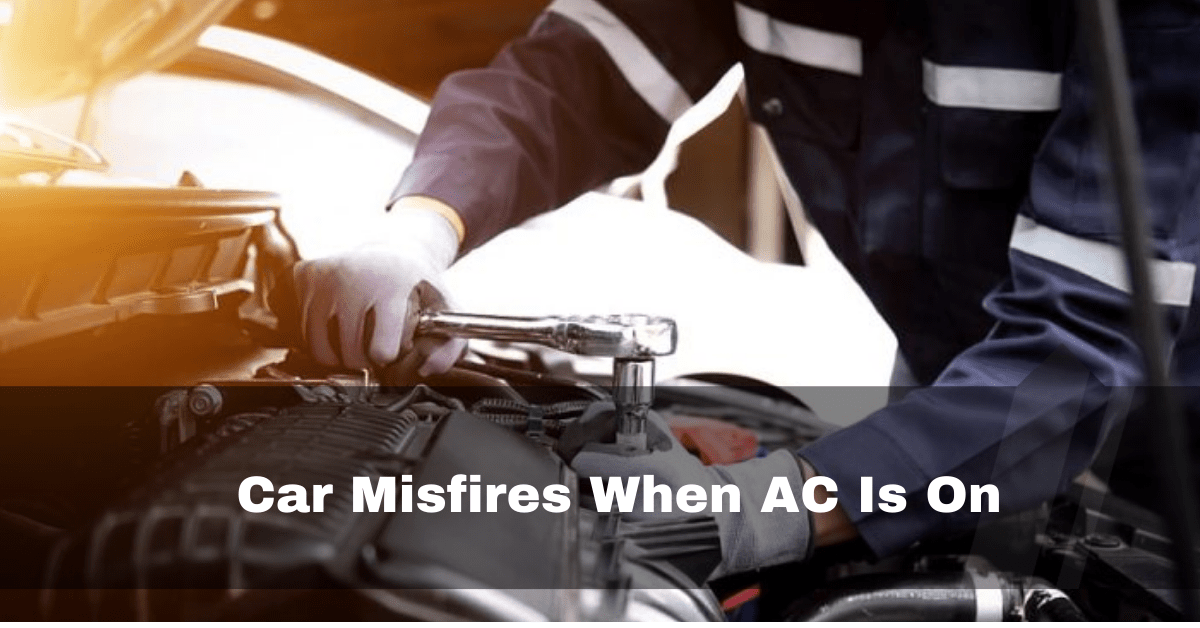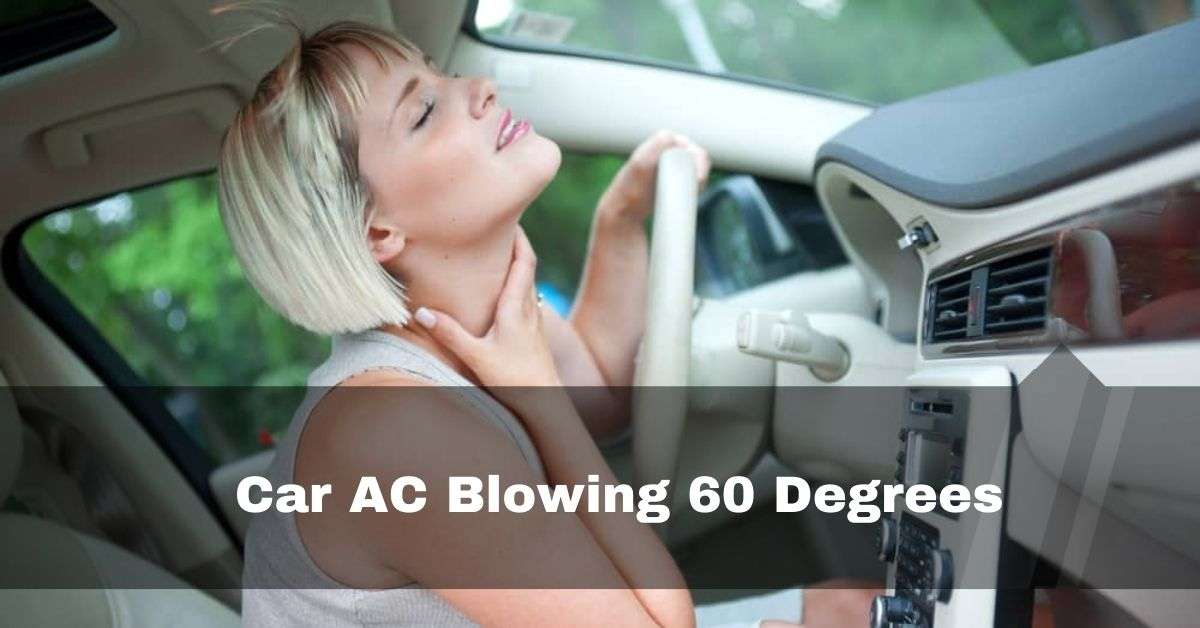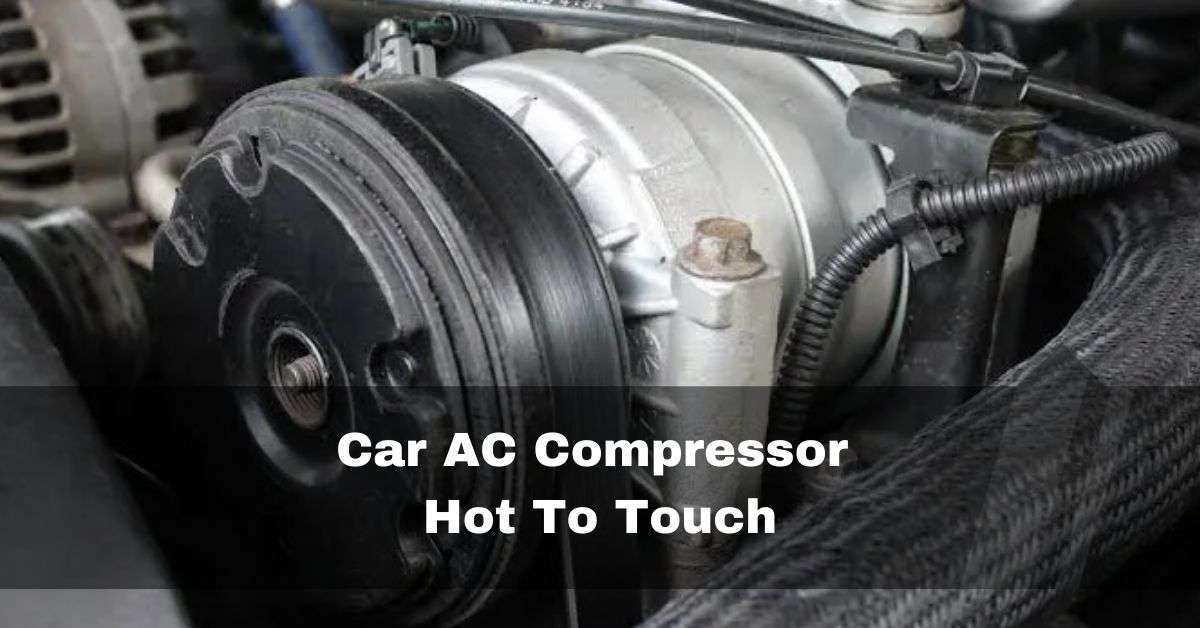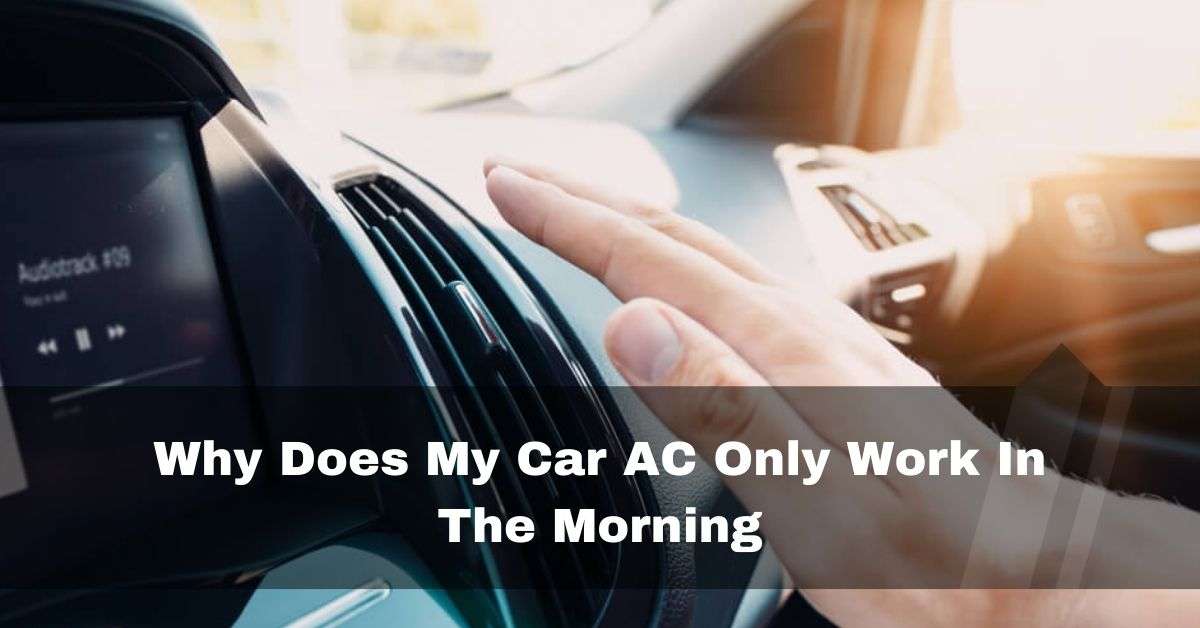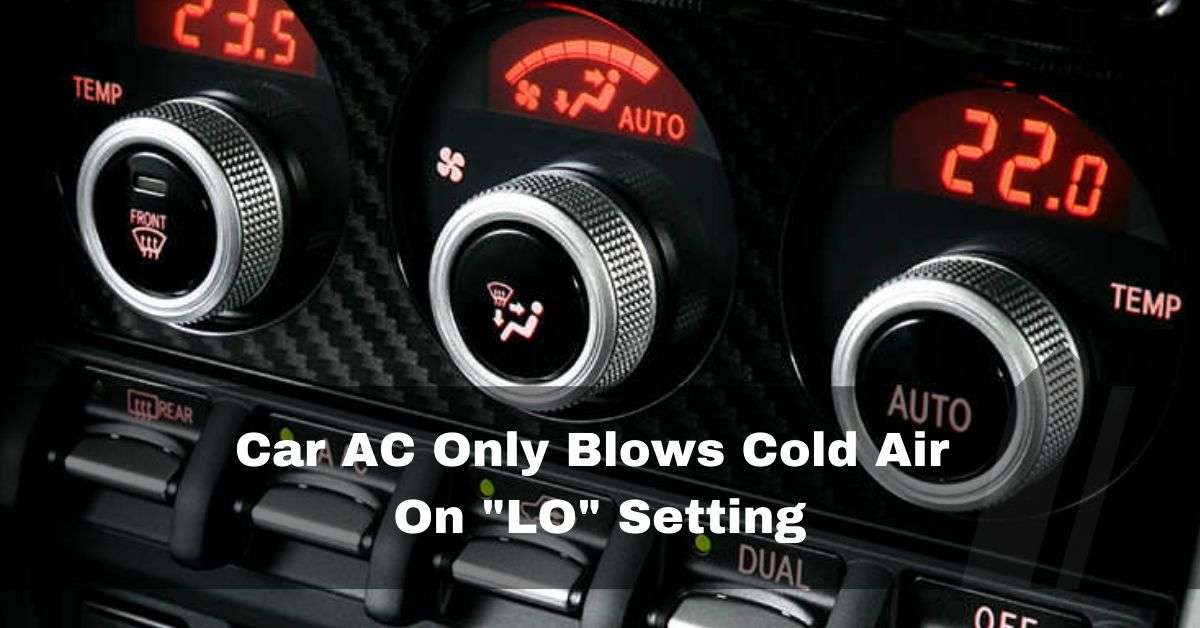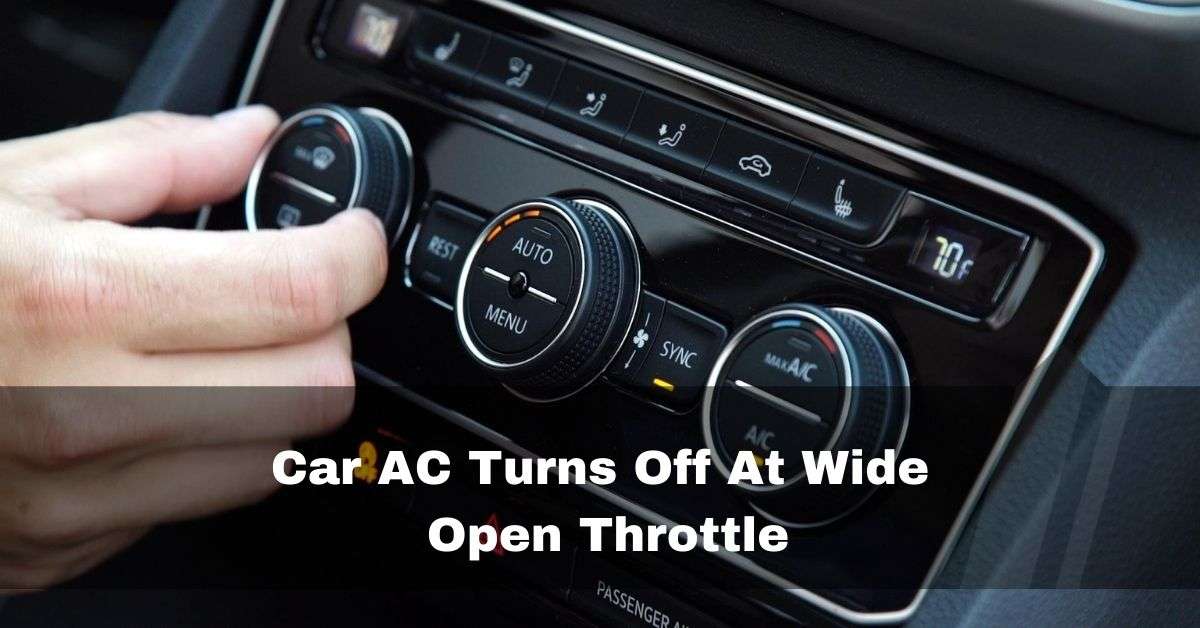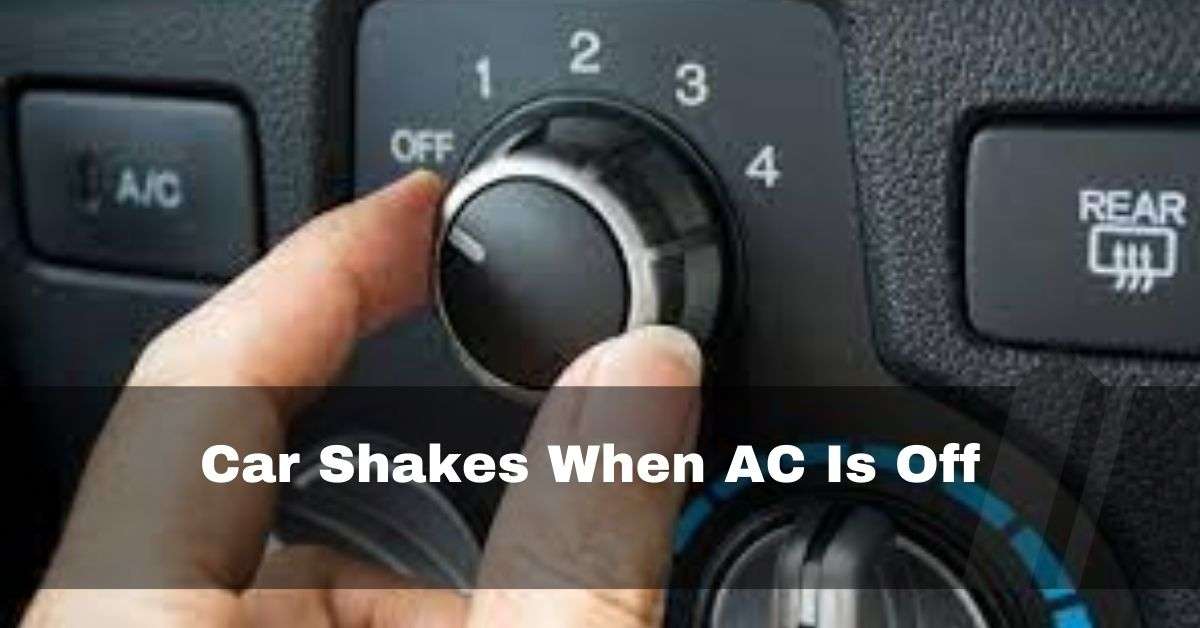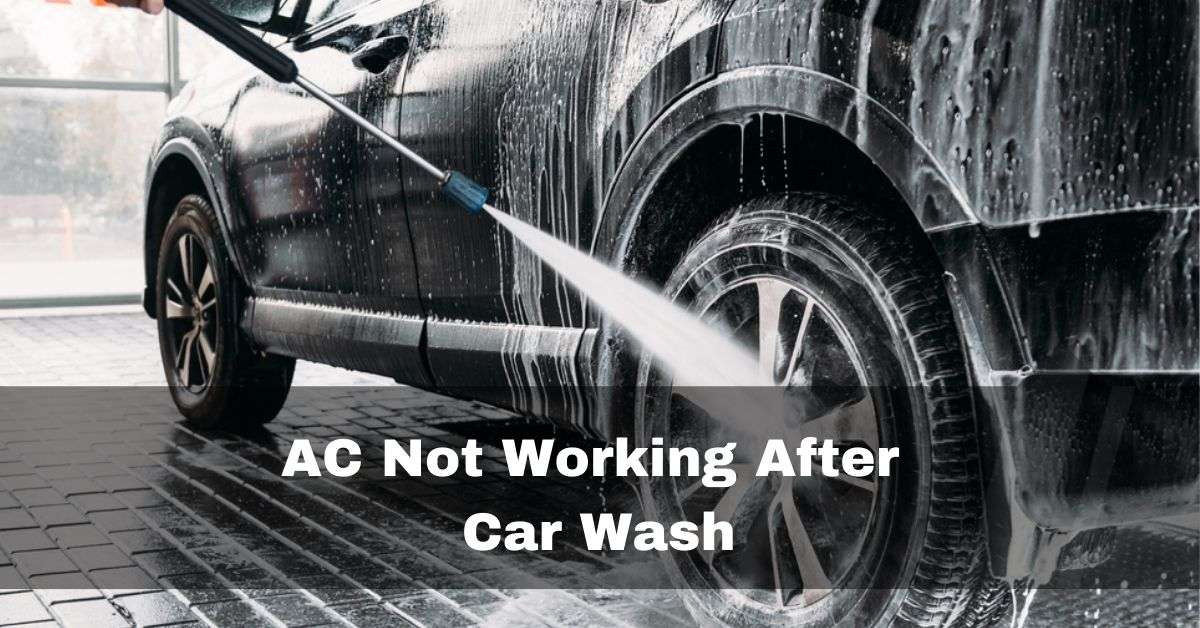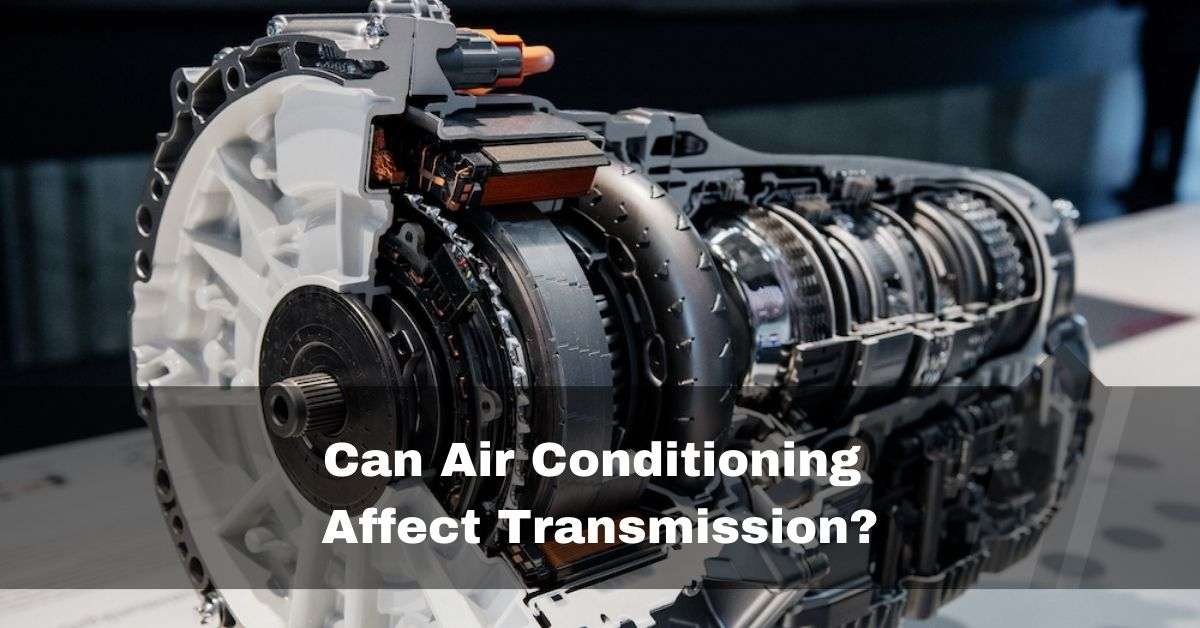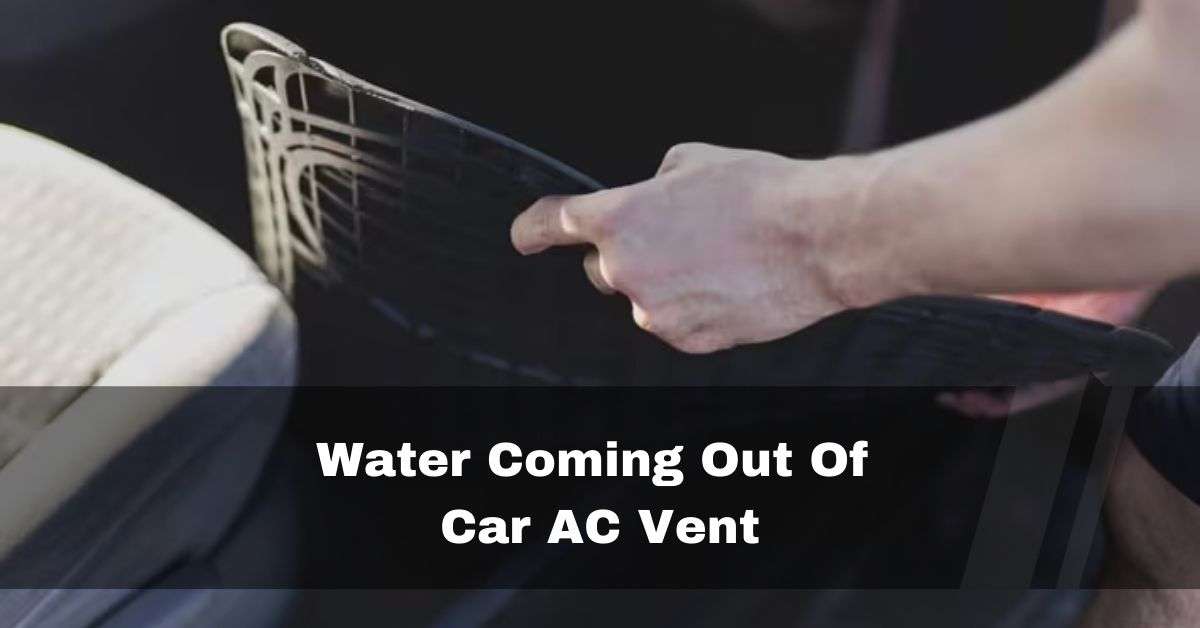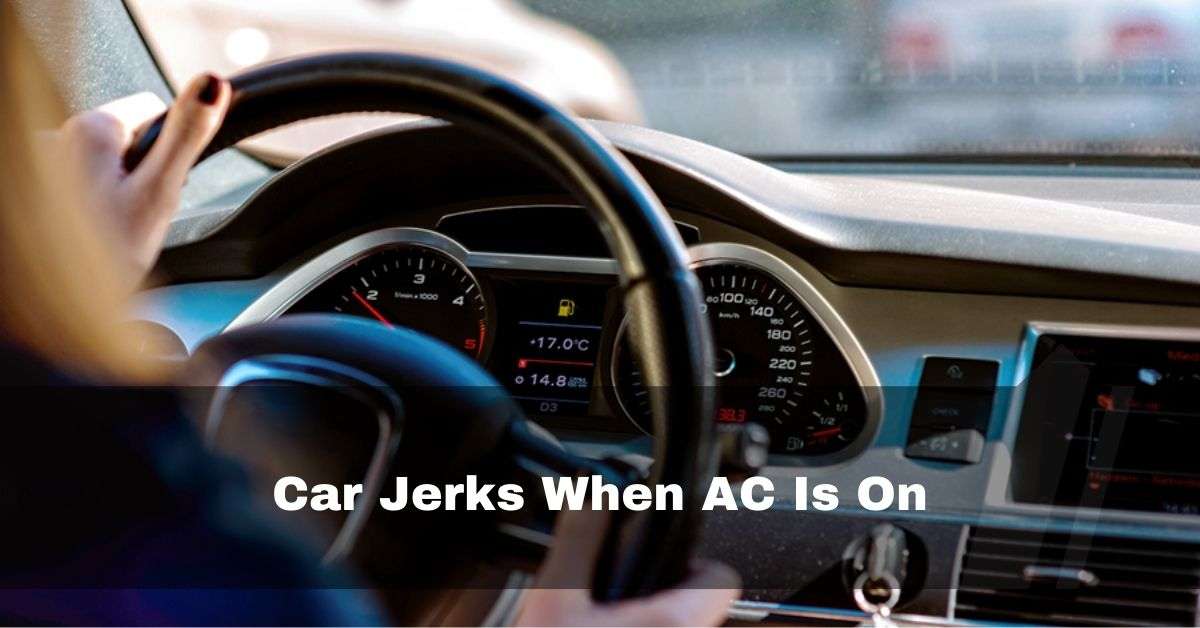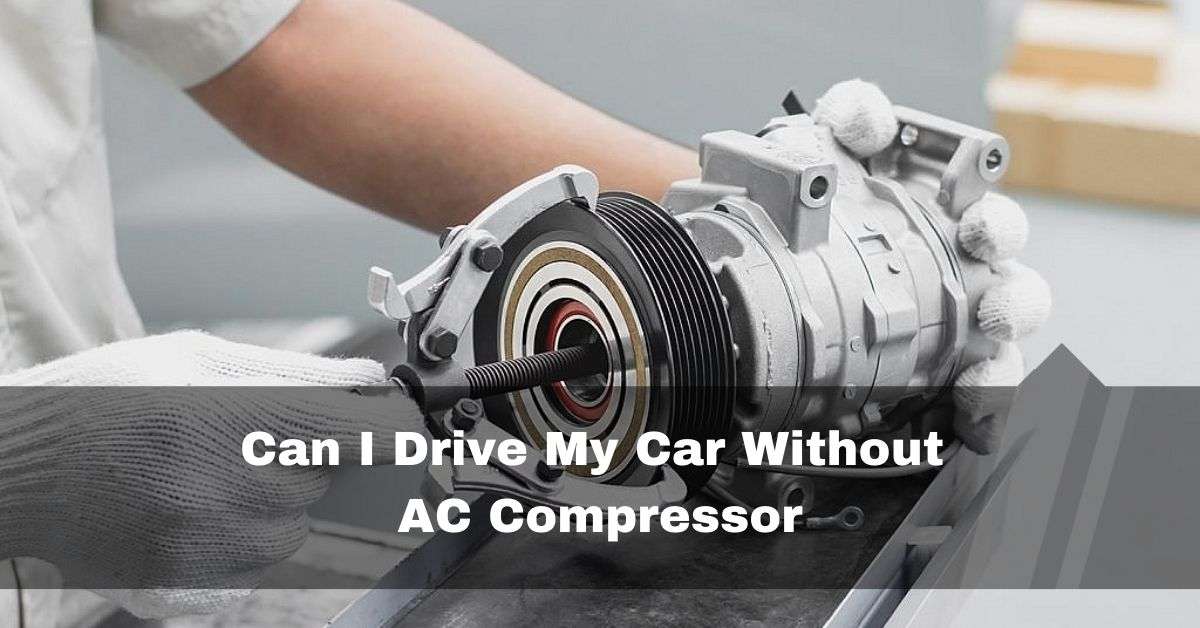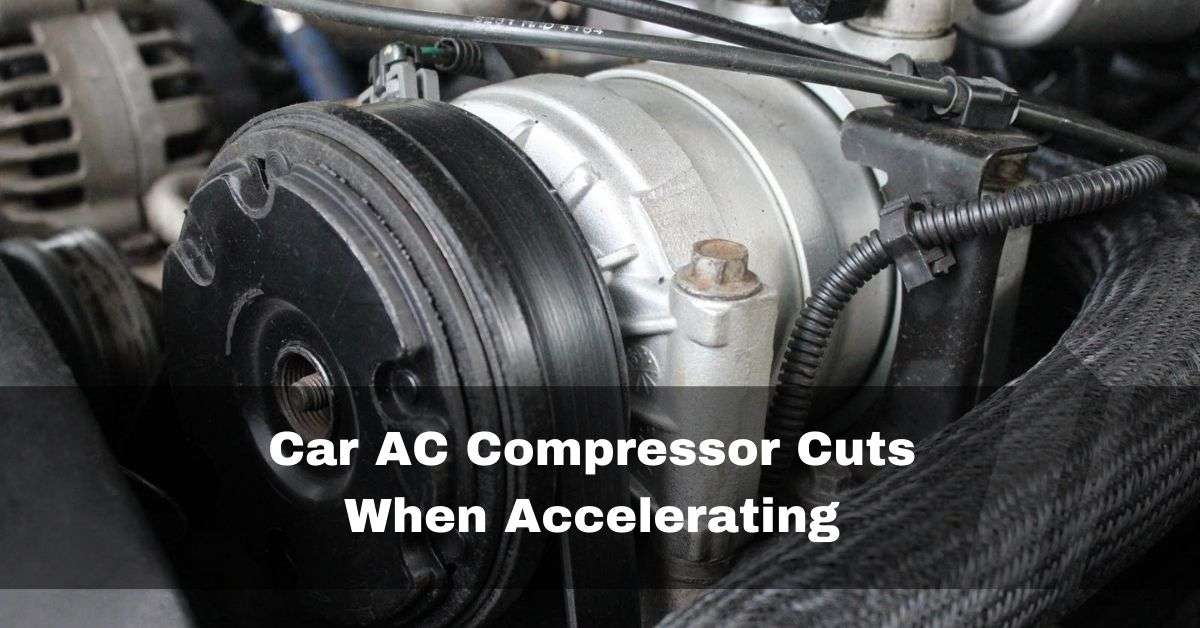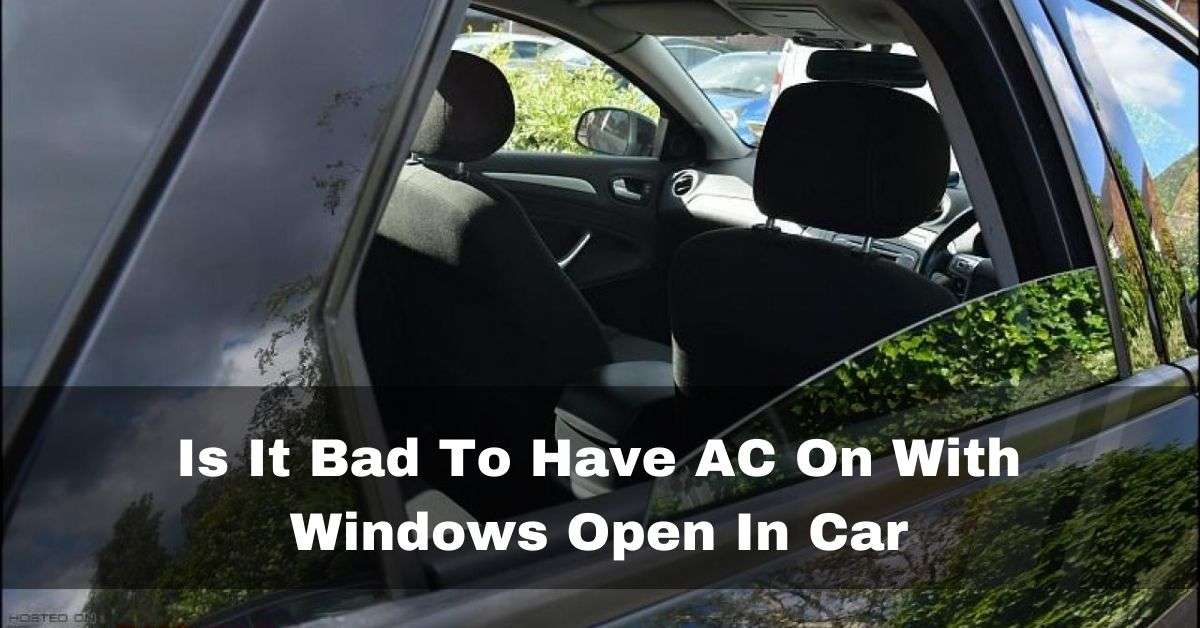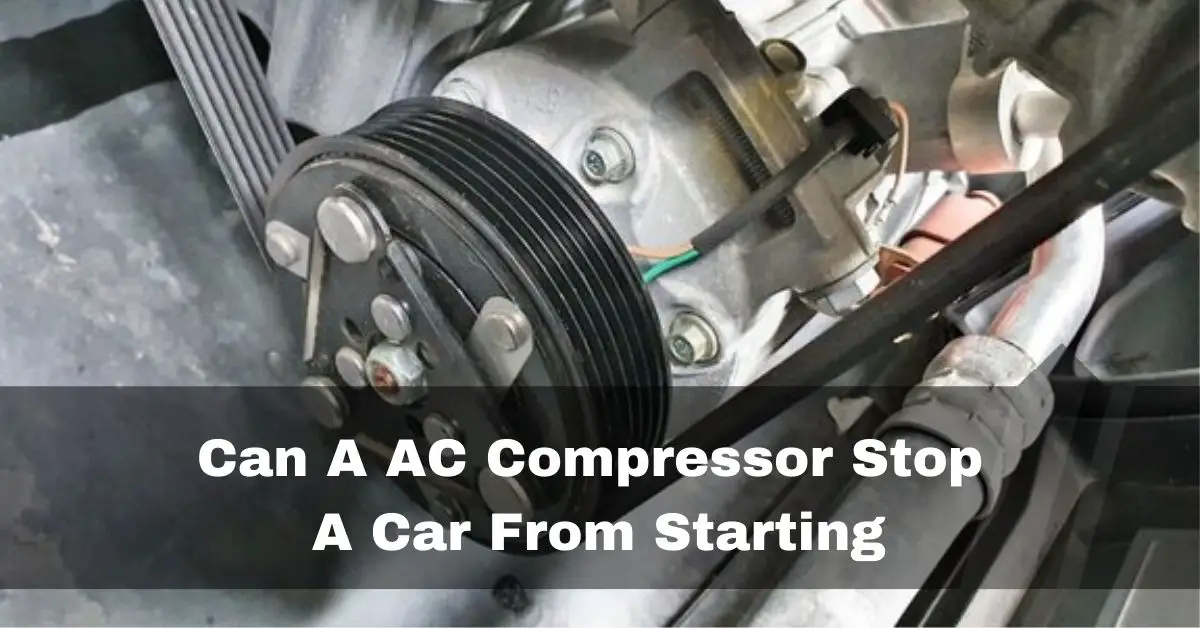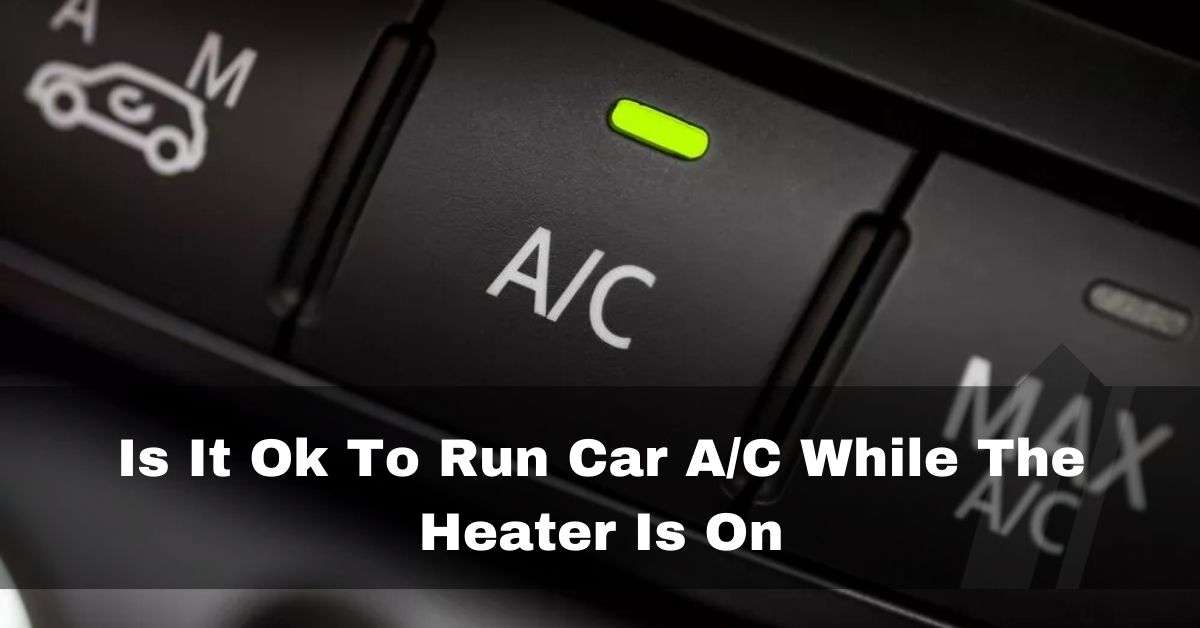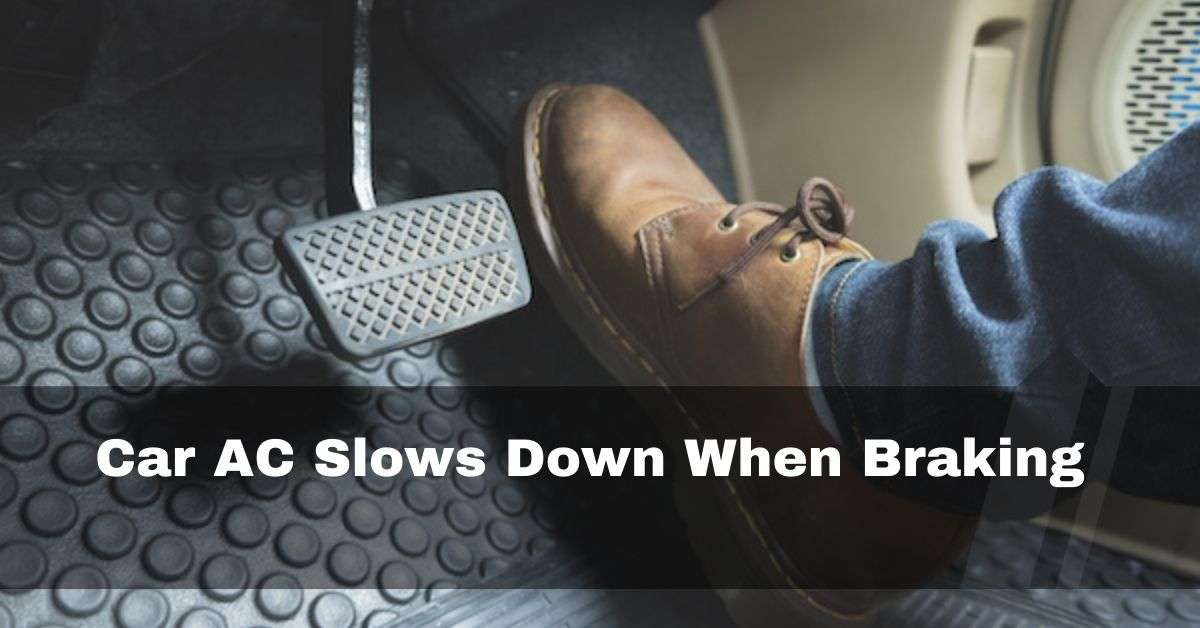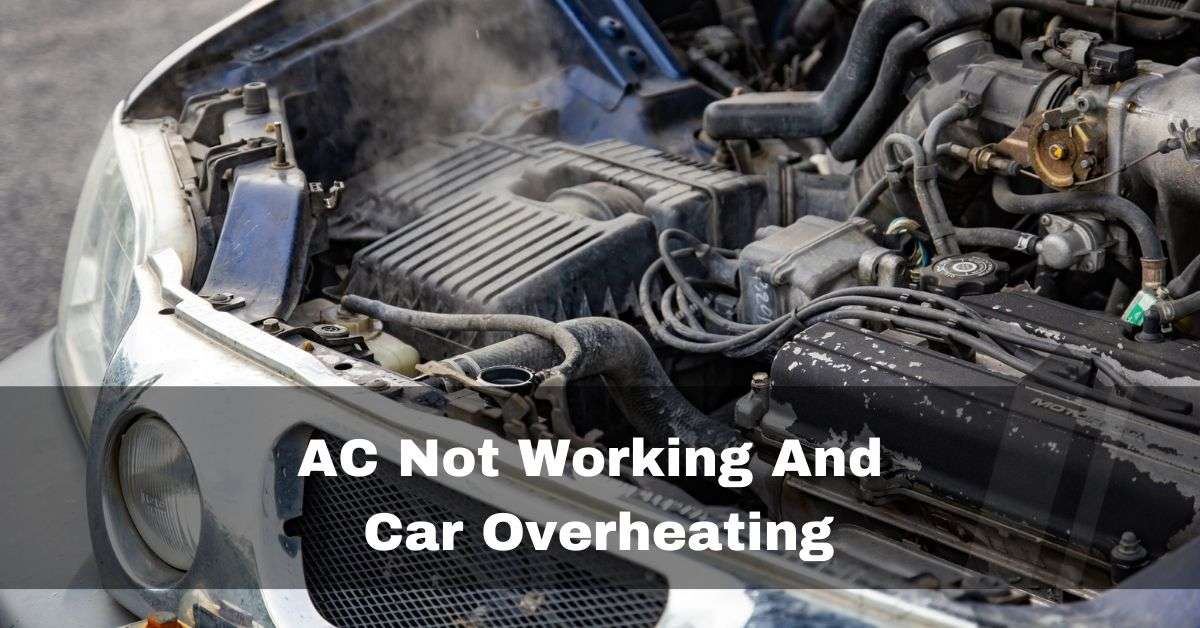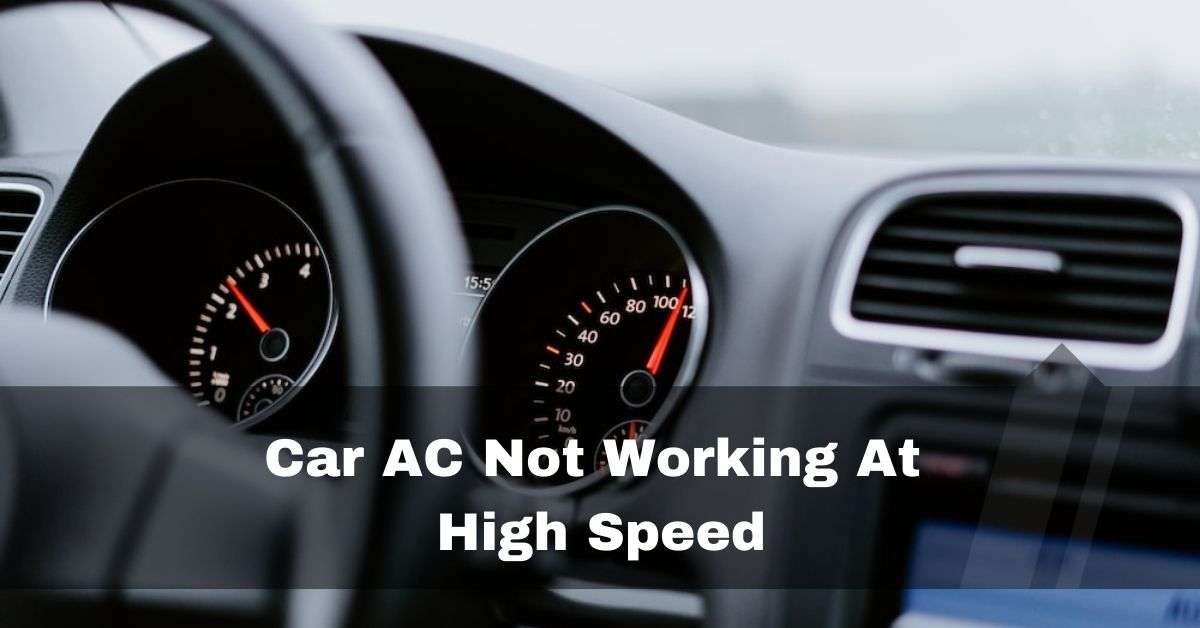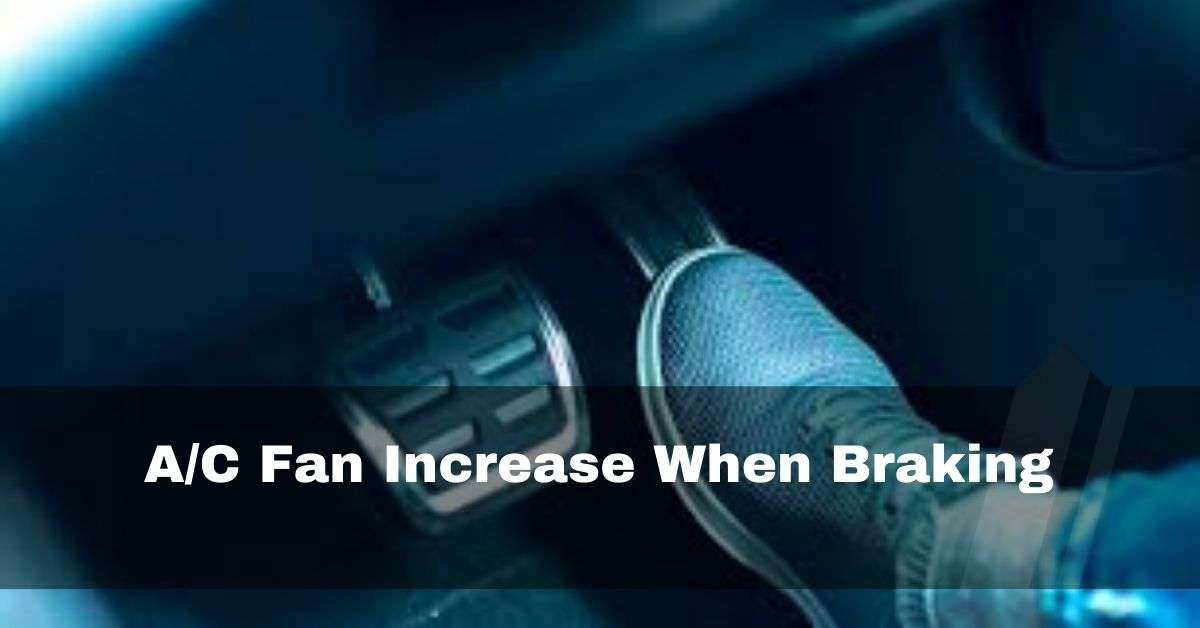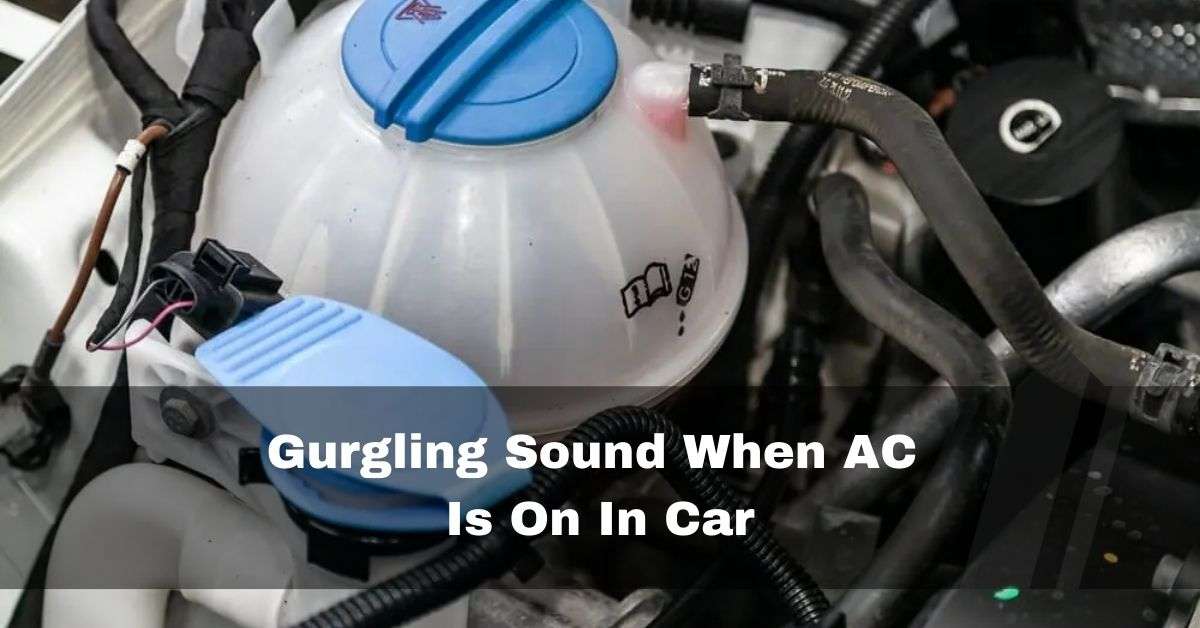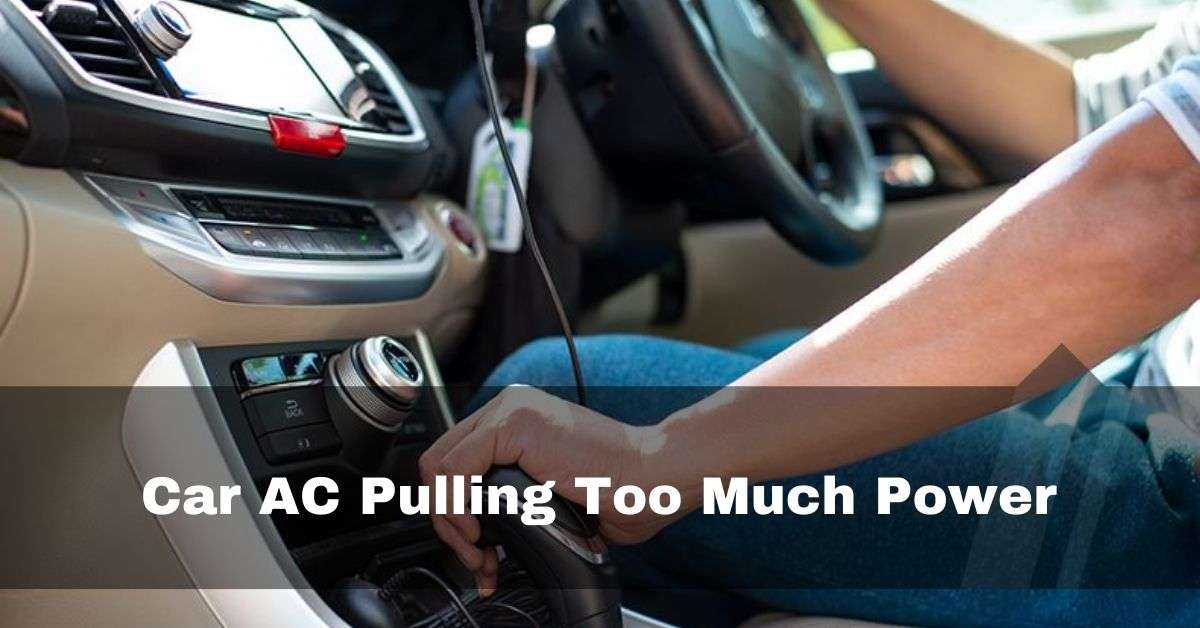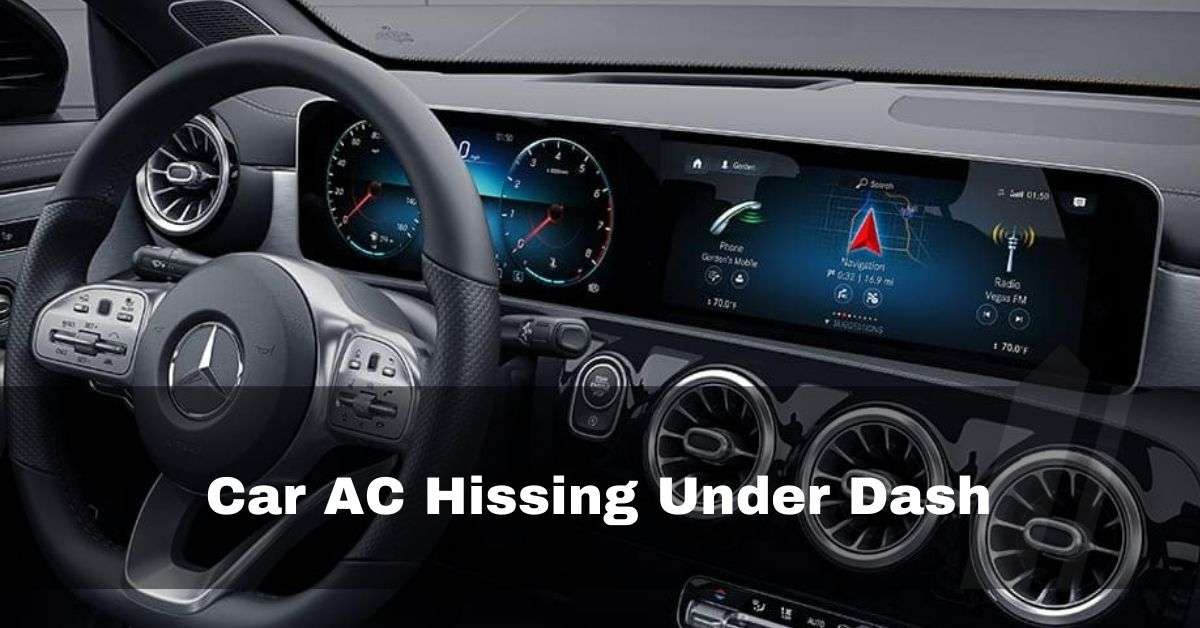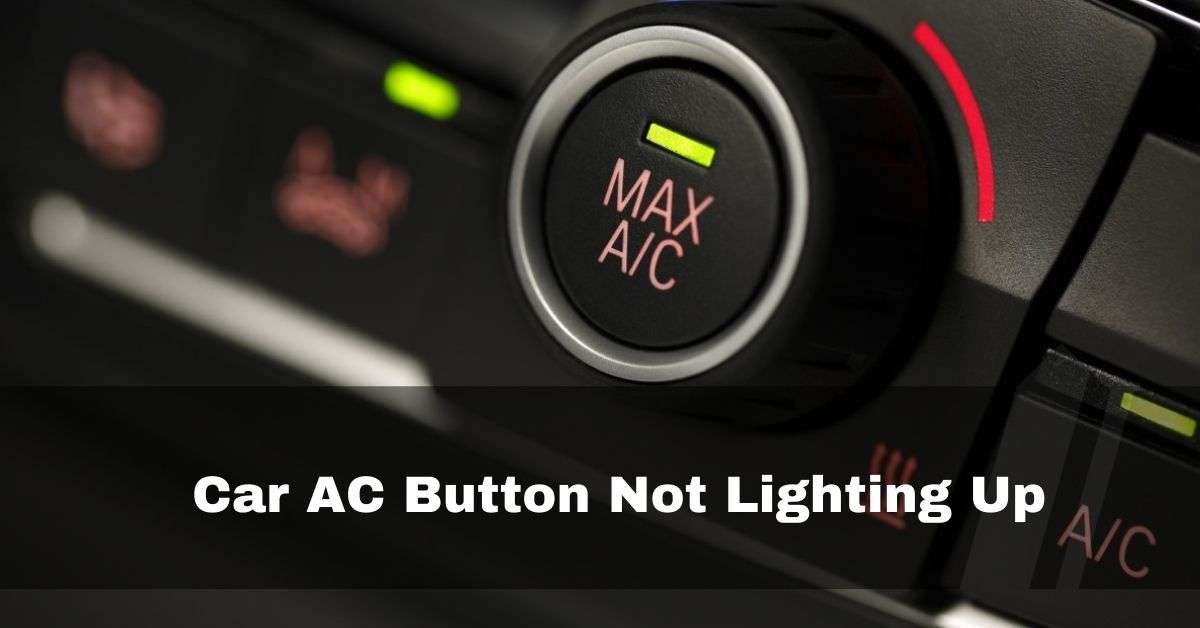A car’s air conditioning system is crucial to be comfortable in the heat. However, it’s typical for the AC system to blow hot air instead of cool air after changing the battery in a car.
First, check the fuses; if burnt, replace them with the new ones, then lift the hood and have a friend turn the air on. The compressor should cycle; if not, take it to a mechanic. If it does cycle, you are low on freon; take it to a mechanic for a system charge.
There are several potential reasons for this issue, and in this article, we will explore the most likely causes and possible solutions.
Table of Contents
Why does the AC Blows Hot After Replacing The Battery?
1. Incorrect Battery Installation Procedure:
It’s possible that the battery installation went wrong if the AC system starts acting up following a battery replacement. If you recently installed a new battery and are now experiencing issues with your air conditioning system, one of the potential causes could be poor installation technique.
Specifically, if the arcing has damaged one or more parts related to your air conditioning system, electrical system, or other vital parts of your car and the negative cable was not disconnected first before the positive cable of the old battery was removed or if the negative cable was clamped first during the installation of the new battery. Your AC may already be producing hot air because of overheating brought on by the accident.

The car’s computer system may reset if the battery is unplugged and reconnected. In turn, this can impact several settings, including those that deal with the AC system. The computer in the car and the AC components may stop communicating or calibrating due to faulty battery installation.
Diagnosis:
Check to see if other electrical parts of the car are operating normally to identify this problem. If you observe further strange behaviors in addition to the problem with the hot air blowing, the battery may have been installed incorrectly.
Solution:
The solution is easy: Recheck the battery installation to ensure the polarity is accurate and all connections are solid. Try disconnecting the battery to stop the energy flow through your car’s system until the problem has been fixed. Once more, to avoid arcing, permanently remove the negative terminal before the positive terminal.
Remember to wear protective gear like insulated gloves to prevent shocks along the route. Use a diagnostic tool to reset the car’s computer system if necessary to have it appropriately calibrated again.
2. Evaporator Temperature Sensor Failure:
The evaporator temperature sensor is essential for controlling the cooling output of the AC system. It sends signals to the car’s computer to modify the compressor’s operation based on the evaporator coil’s temperature. If the sensor is fixed, it might give precise temperature measurements, resulting in better cooling performance.

Diagnosis:
Look for any temperature sensor-related error codes with a diagnostic tool. Check the sensor’s wiring as well for any indications of corrosion or damage. One is to measure the air temperature coming from your AC vents. There is a strong possibility that the sensor is broken if it is warmer than usual.
Solution:
The solutions are replacing the damaged evaporator temperature sensor with a new one and tightening the electrical connections. If necessary, reset the system after replacement.
3. Faulty Relay:
Relays are electrical switches that manage how power is distributed to different AC system parts, including the compressor. The compressor’s power supply could be disrupted if the relay develops a defect, resulting in the AC blowing hot air.

Diagnosis:
Continuity and good operation are checked with a multimeter when testing the relay. The relay needs replacement if there is no continuity or apparent damage. One method is simply listening for a clicking sound when your air conditioner is turned on. This noise indicates that the relay is malfunctioning if you hear it.
Solution:
Switch out the defective relay for a compatible one. Make sure the relay you choose has the same specs as the original. If the relay contacts are simply filthy, cleaning them is another option. Sandpaper or a contact cleaner might be used for this.
4. Compromised Compressor:
The AC compressor must compress and circulate the refrigerant throughout the system. The AC system won’t work correctly if it breaks down or seizes, which will cause hot air to pour from the vents.

Diagnoses:
Examine the compressor clutch to see if it engages when the air conditioner is turned on to see if the compressor is compromised. The compressor could be having issues if the clutch does not engage.
Solution:
The compressor may need to be changed if it is discovered to be defective. A trained mechanic should do this complicated task.
5. Burnt Fuse:
Hot air can be produced when the power supply to various AC components, such as the compressor and fans, is disrupted by a burnt or blown fuse. When there are electrical issues with vehicles, the fuses typically fail first. A damaged fuse could affect your air conditioning system’s functionality, among other topics.

Diagnose:
Examine the fuse box for the AC system and look for any blown fuses connected to the AC system.
Solution:
Replace blown fuses with new ones of the same rating if you discover them. Determining the reason for the blown fuse is crucial, as it can signal a deeper electrical problem.
6. Damaged Condenser:
The condenser, which cools the refrigerant by dissipating heat, is an essential component of the AC system. It can obstruct effective cooling if it gets damaged or blocked. Your AC may spew hot air for several different reasons. Among these are low refrigerant levels, refrigerant leaks, a loose AC belt, a worn AC belt, the seizing of the cooling fan, dirt accumulation, battery discharge, a malfunctioning alternator, and an overheating engine.

Diagnosis:
Check the condenser visually for any physical damage, such as bent fins or leaks. Check for obstructions that can prevent airflow as well.
Solution:
Condenser replacement is necessary if it has been damaged. Cleaning the condenser could help it operate again if there are obstructions.
How Do I Reset My AC After Changing The Battery?
Change the battery if your air conditioner isn’t functioning correctly. Following a battery change, follow these easy steps to reset your air conditioner:
- Disconnect the device from the electrical socket and remove the outdated battery.
- Replace the battery in the unit.
- Reconnect the device to the wall outlet and switch it on.
- Adjust the temperature to your preference, and breathe in the cool, cozy air!
FAQs
1. Where Is The Reset Switch On AC Unit?
A small, red button known as a reset switch is found on some air conditioning units. The controller will often be located on the exterior unit. If you’re having trouble finding it on the outdoor unit, you can discover pertinent information in the equipment’s owner’s manual. For three seconds, press and then release the red button.
2. Can a Low Battery On The Thermostat Affect Air Conditioning?
The thermostat will stop working, the low batteries will run out, and your heating or cooling systems won’t work. The heating and cooling system cannot comply with requests for temperatures that do not exist.
3. What Would Cause The AC Not To Kick On?
Frequently, a simple reset is required to get your thermostat running again. A tripped circuit breaker is another frequent cause of your air conditioner not turning on. Too many appliances being used simultaneously can trip the circuit breaker. It frequently happens after a severe storm when there are power surges.
Conclusion:
Hot air from the AC system after a battery replacement can be annoying. However, you may get your car’s air conditioner back to its best cooling function by identifying the possible causes above and applying the relevant fixes. Remember that specific jobs, like replacing a compressor, should be handled by a qualified mechanic to guarantee safety and proper operation.

